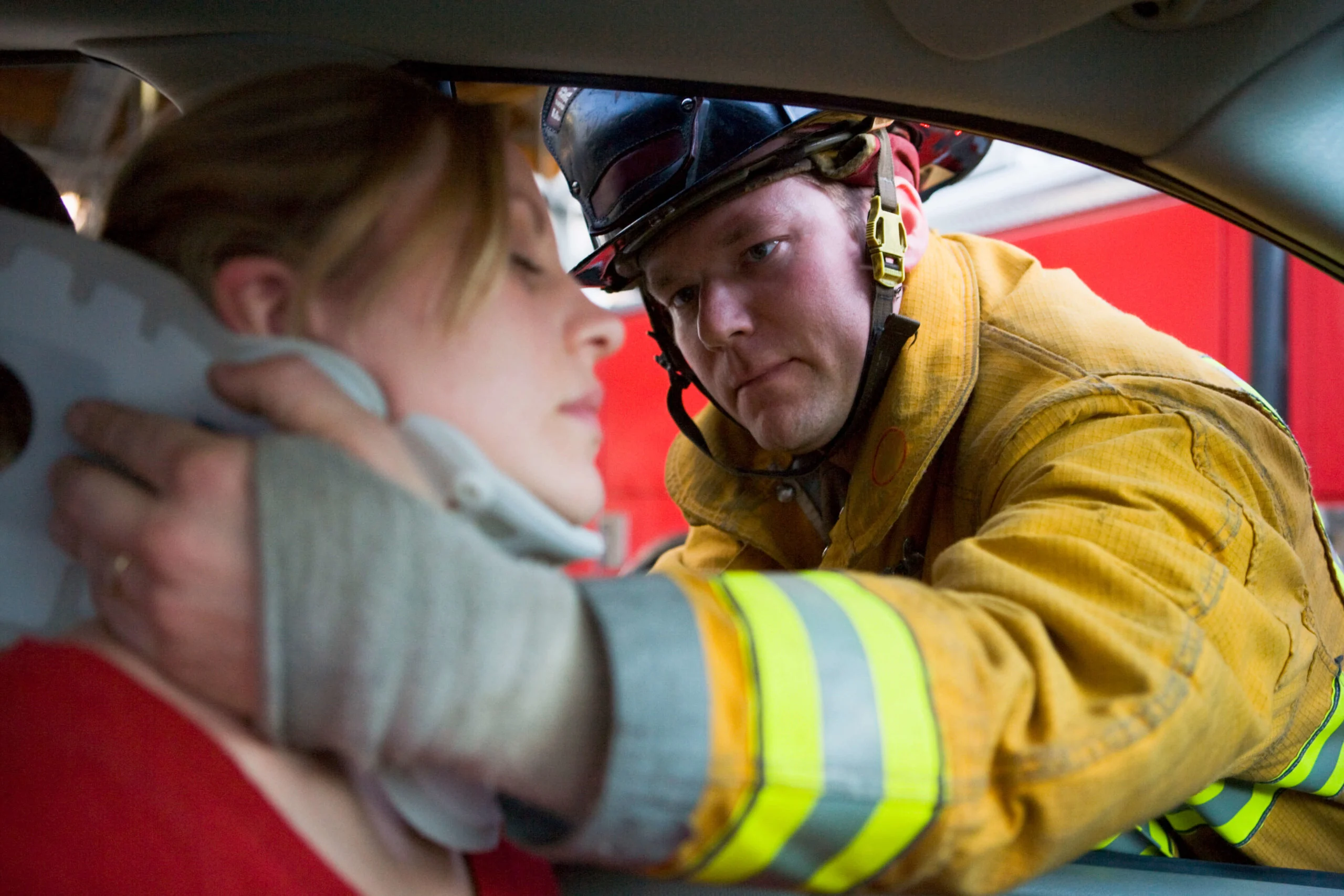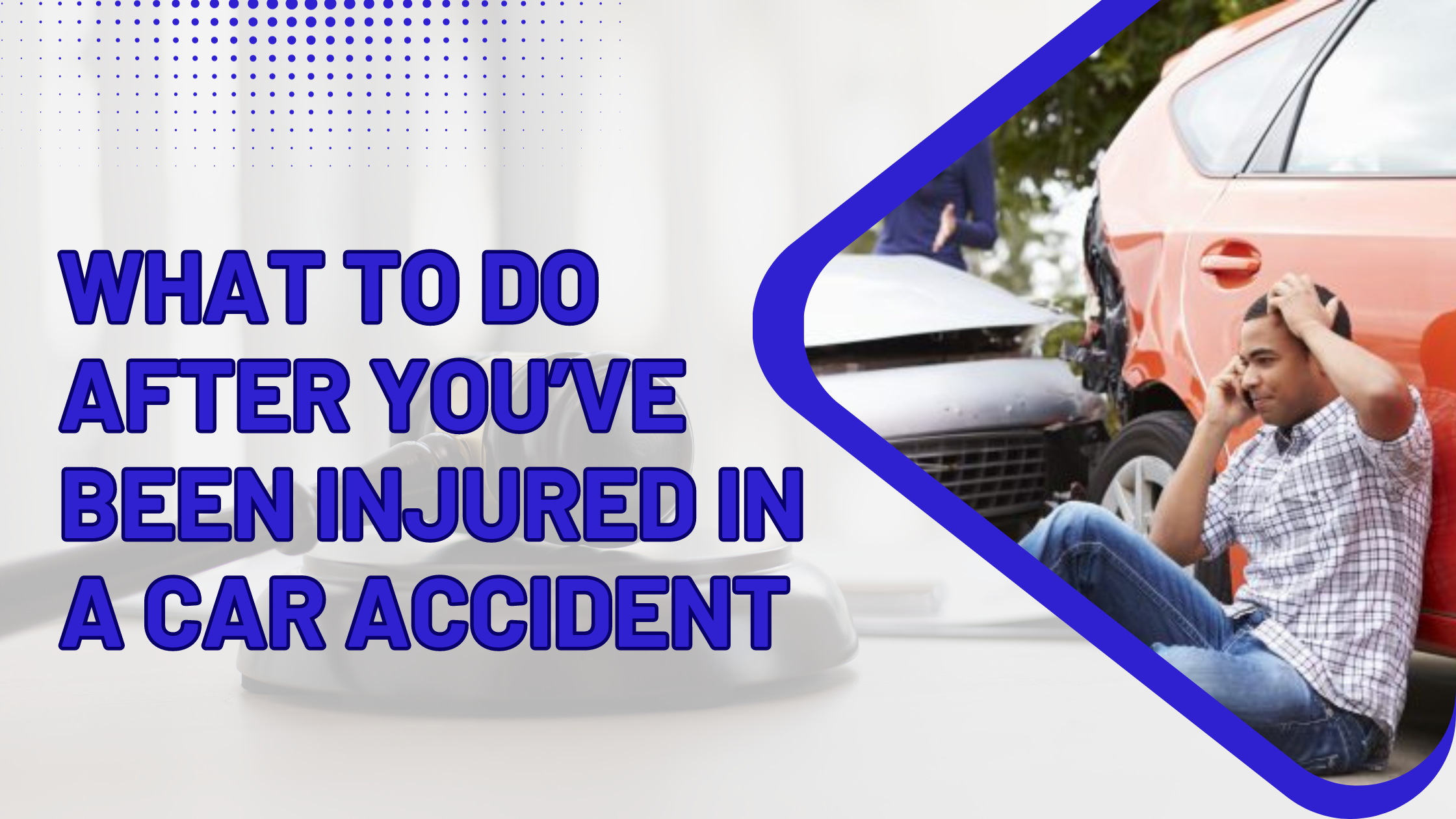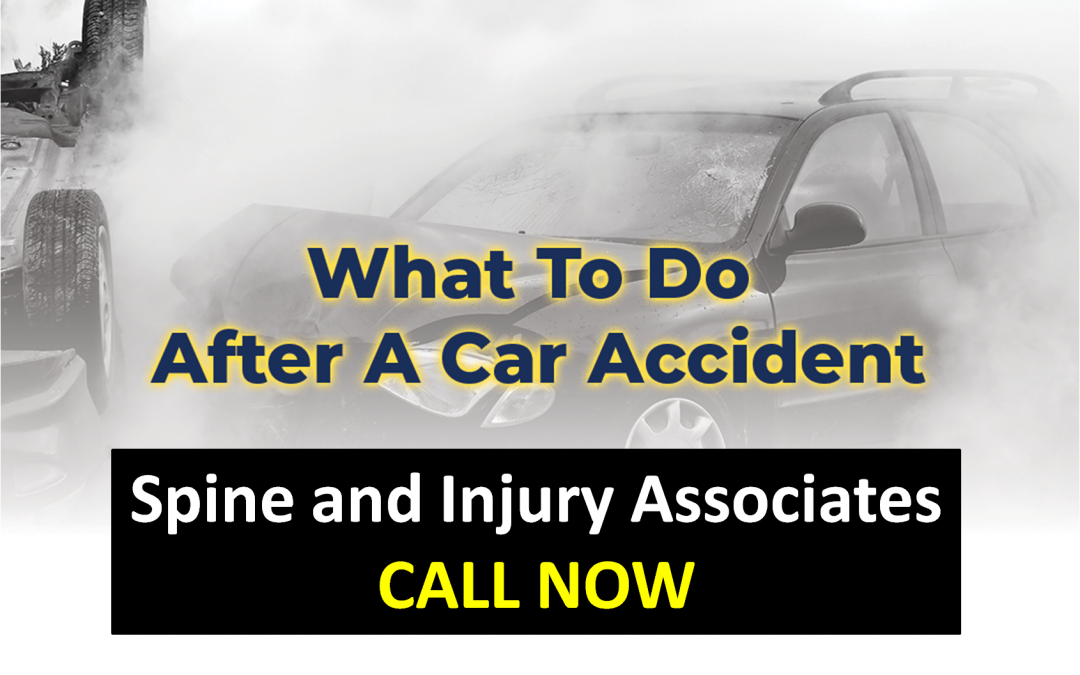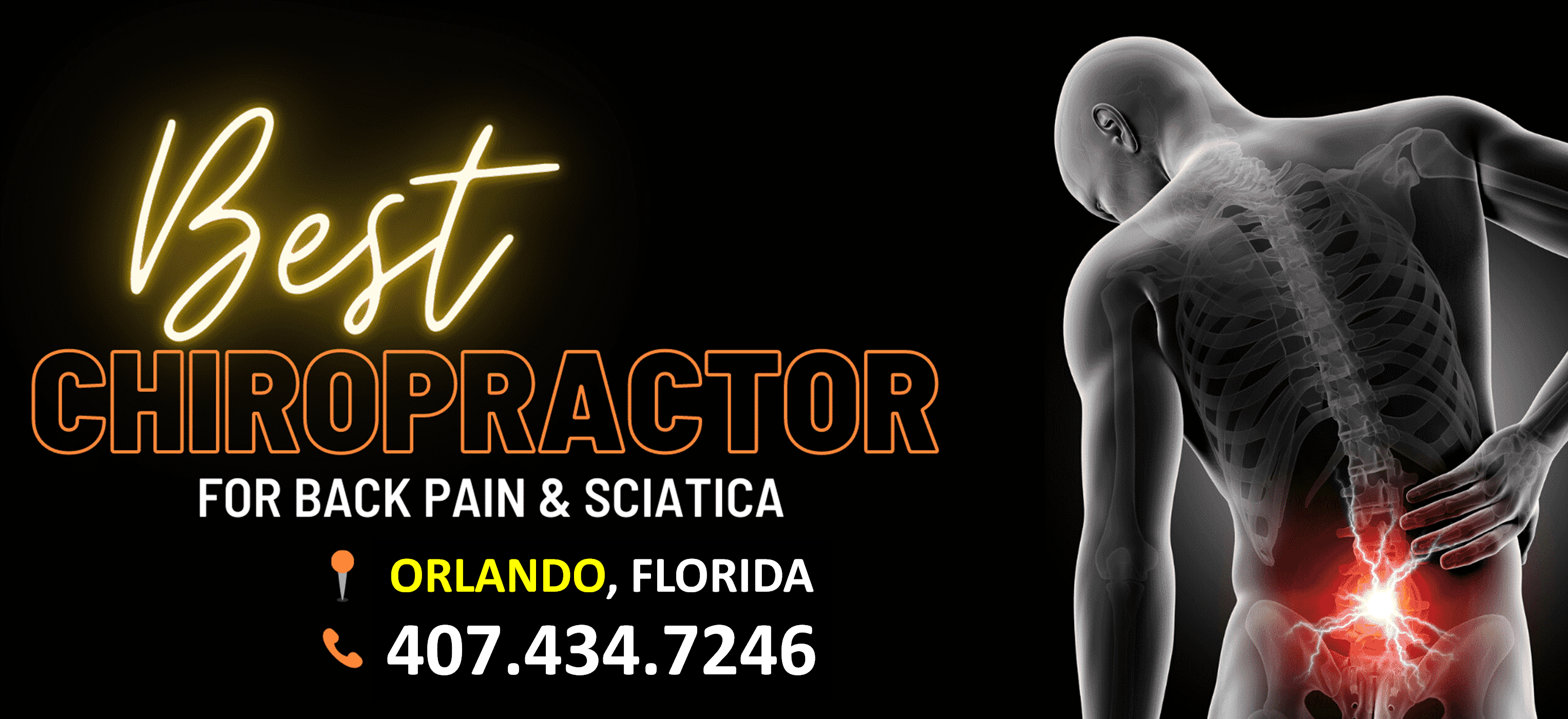A Comprehensive Guide to Car Accident Injuries and Recovery Steps
Car accident injuries can range from mild to severe, affecting various parts of the body. The type and extent of injuries depend on factors such as the speed of the collision, the point of impact, whether seat belts were worn, and the use of airbags. Car accidents are distressing events that can have profound and lasting effects on individuals involved. Beyond the immediate impact, the injuries sustained in a car accident can lead to a complex journey of physical recovery, emotional healing, and navigating legal considerations. Understanding the common types of car accident injuries is essential for both immediate and long-term care. In this blog post, we’ll explore the diverse spectrum of car accident injuries, examining their causes, symptoms, and the comprehensive steps necessary for recovery.
Below are some of the prevalent car accident injuries:
Common Types of Car Accident Injuries

A. Whiplash:
Definition and Causes: Whiplash is a prevalent injury resulting from the sudden back-and-forth motion of the neck, commonly occurring in rear-end collisions.
- Symptoms and Delayed Onset: Whiplash symptoms may include neck pain, headaches, and stiffness, with some symptoms appearing days or even weeks after the accident.
Diagnosis and Treatment Options: Diagnosis involves a thorough examination and may include imaging tests. Treatment includes rest, physical therapy, and pain management strategies.
B. Soft Tissue Injuries:
Understanding Soft Tissue Damage: Soft tissues, including muscles, tendons, and ligaments, can be injured in a car accident due to sudden impact or force.
- Common Types of Soft Tissue Injuries: Strains, sprains, and contusions are common soft tissue injuries, each requiring a tailored approach to treatment and rehabilitation.
Treatment Approaches and Rehabilitation: Rest, ice, compression, and elevation (R.I.C.E.), physical therapy, and sometimes surgical intervention may be part of the treatment plan.
C. Fractures and Orthopedic Injuries:
Impact on Bones and Joints: Car accidents can result in fractures, dislocations, or damage to joints, affecting the skeletal system.
- Common Fractures in Car Accidents: Broken bones, particularly in the extremities, are common. Treatment may involve casting, surgery, and rehabilitation.
Surgical Interventions and Rehabilitation: Orthopedic surgeries may be required for severe fractures, followed by extensive rehabilitation to restore function.
D. Head and Brain Injuries:
Types of Head Injuries: Traumatic brain injuries (TBIs), concussions, and contusions can result from the impact of a car accident.
- Concussions and Traumatic Brain Injuries: The symptoms of these injuries can range from mild to severe, necessitating a multidisciplinary approach to treatment and rehabilitation.
Long-Term Effects and Cognitive Rehabilitation: Cognitive rehabilitation is crucial for individuals with lasting effects, focusing on memory, attention, and other cognitive functions.
E. Spinal Cord Injuries:
Mechanisms of Injury: The spinal cord is susceptible to injury in high-impact accidents, potentially leading to partial or complete paralysis.
- Impact on Mobility and Function: Spinal cord injuries can profoundly affect mobility and bodily functions below the injury site, requiring comprehensive and long-term care.
Rehabilitation and Adaptive Strategies: Intensive physical therapy and adaptive strategies are essential for individuals with spinal cord injuries to regain independence.
F. Internal Injuries:
Hidden Dangers of Internal Injuries: Injuries to internal organs, such as the liver, spleen, or kidneys, may not be immediately apparent but can be life-threatening.
- Diagnostic Procedures and Treatment: Imaging tests, such as CT scans or MRIs, are often employed to diagnose internal injuries. Treatment may involve surgery or other medical interventions.
Monitoring for Delayed Onset Complications: Continuous monitoring is necessary, as some internal injuries may develop complications over time.
Immediate Steps After a Car Accident

A. Seeking Medical Attention:
Collaborating with Healthcare Professionals: A collaborative approach involving various healthcare professionals, such as physicians, physical therapists, and specialists, is crucial for a comprehensive treatment plan.
- Multidisciplinary Approaches to Recovery: Depending on the nature of injuries, a multidisciplinary approach may involve orthopedic specialists, neurologists, pain management experts, and psychologists.
Adhering to Prescribed Medications and Therapies: Adherence to prescribed medications, physical therapy exercises, and other therapeutic interventions is vital for effective recovery.
B. Physical Rehabilitation:
The Role of Physical Therapy: Physical therapy plays a key role in restoring mobility, strength, and functionality after a car accident.
- Rehabilitation Exercises for Different Injuries: Tailored rehabilitation exercises address specific injuries, promoting a gradual return to normal activities.
Regaining Strength and Mobility: The focus of rehabilitation is on regaining strength, improving flexibility, and restoring normal movement patterns.
C. Psychological Support:
Addressing Emotional Trauma: Car accidents can have a significant emotional impact, and addressing psychological trauma is integral to the overall recovery process.
- Coping with Post-Traumatic Stress: Individuals may experience post-traumatic stress after an accident, and counseling or therapy can be valuable in coping with these challenges.
Seeking Professional Counseling: Mental health professionals, including psychologists and counselors, can provide valuable support in coping with emotional distress.
D. Chronic Pain Management:
Identifying and Addressing Chronic Pain: Chronic pain can develop after a car accident, and effective management may involve pain medication, physical therapy, and alternative therapies.
- Integrative Approaches to Pain Management: Integrative approaches, including acupuncture, chiropractic care, and mindfulness techniques, can complement traditional pain management strategies.
Lifestyle Modifications for Long-Term Wellness: Lifestyle changes, such as maintaining a healthy diet, staying physically active within one’s limitations, and managing stress, contribute to long-term wellness.
Conclusion: What to do after Car Accident Injuries?

What is the most common injury in a car accident?
Whiplash is the most common type of injury from car accidents. In contrast, minor injuries like strains, sprains, tissue damage, and bruises account for half of the injuries brought to the ER, while broken bones account for less than 5% of injuries but lead to half of the hospitalizations.
What happens to a body in a car crash?
Getting into a car accident can take a severe toll on the human body. The physical force of a collision can violently shake your body, leading to injuries and damage. Victims commonly suffer from whiplash, head injuries, spinal cord trauma, and limb injuries.
How long does it take nerves to heal after car accident?
Axonotmesis: This type of nerve damage is classified by damage to the axons (which sends messages to other nerves) and their myelin sheath (axons' protective covering). While physical or occupational therapy is often required, full recovery within six months to a year is common.
Why can't I sleep after a car accident?
After a car accident, insomnia could be a sign that you sustained an injury to your brain. During a collision, your head can shake violently and jolt back and forth in an unnatural way. In some cases, objects collide with your head or penetrate the skull.
What is the crucial time after an accident?
This golden hour is the first hour following an accident. During the first hour, the objective is to stop bleeding, help the patient breathe, call for help and arrange for an ambulance to take the victim to the nearest medical centre where a qualified professional could begin the treatment.



